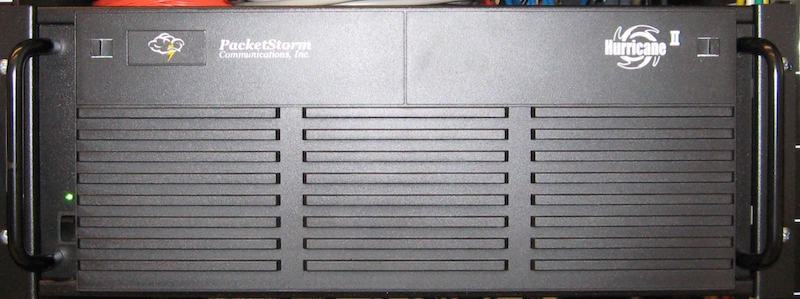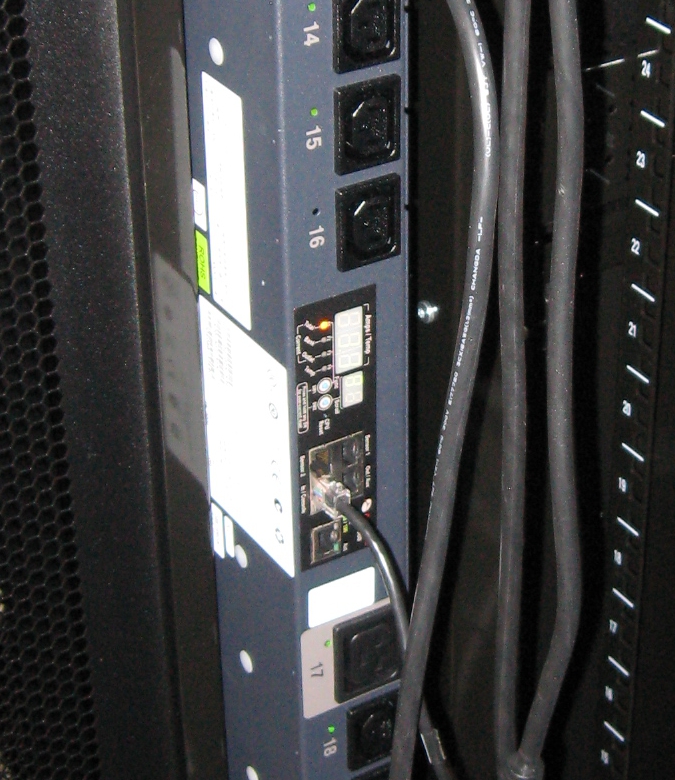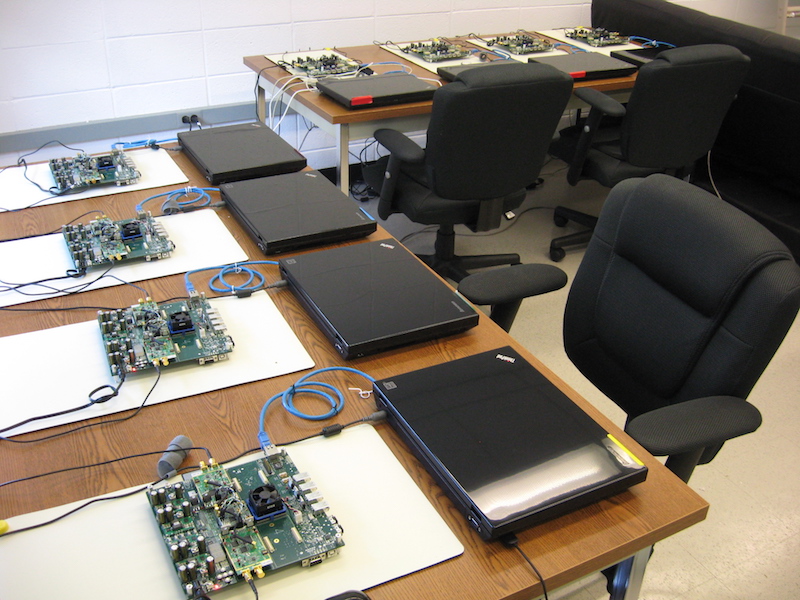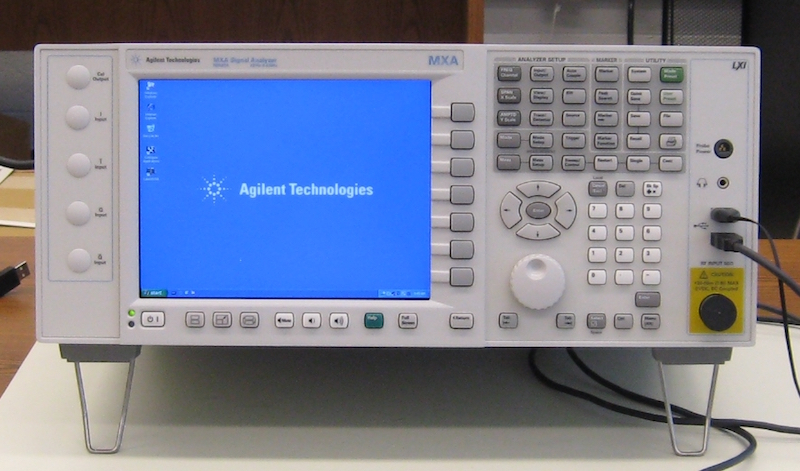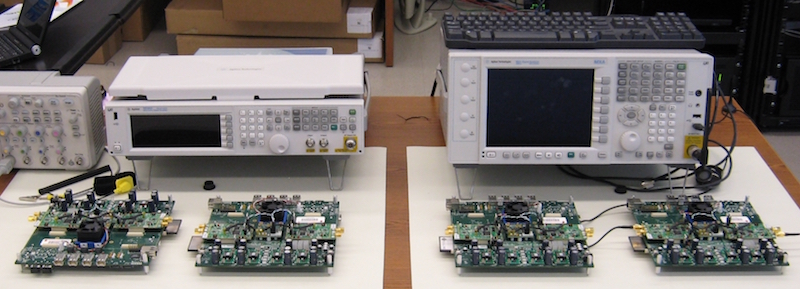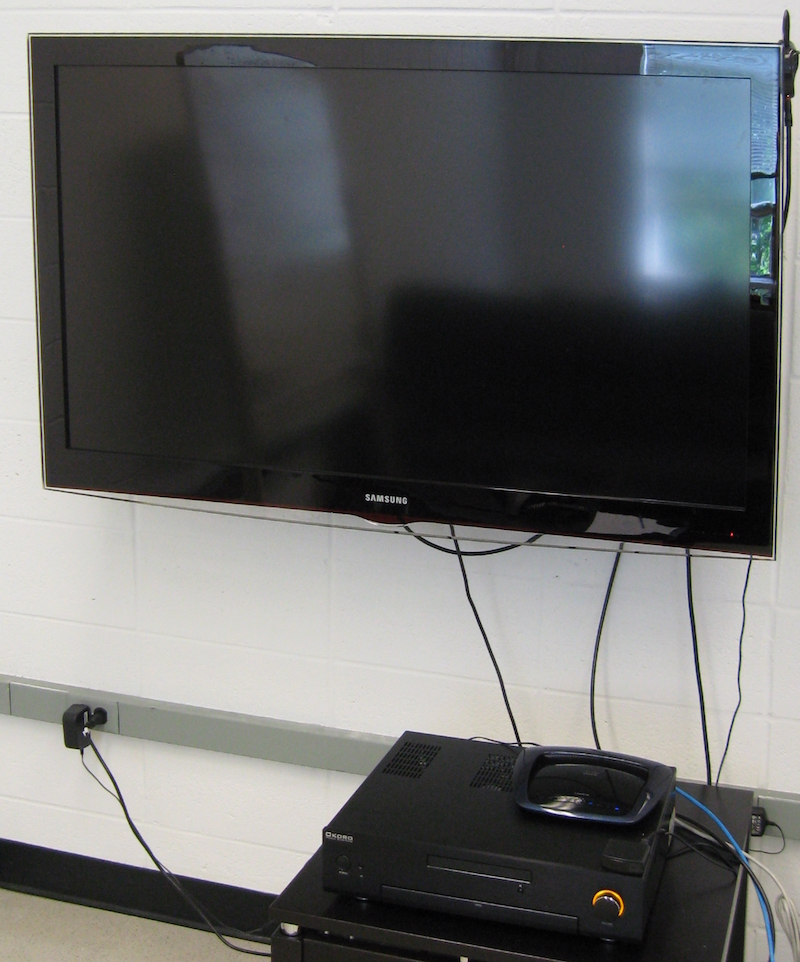About
Overview
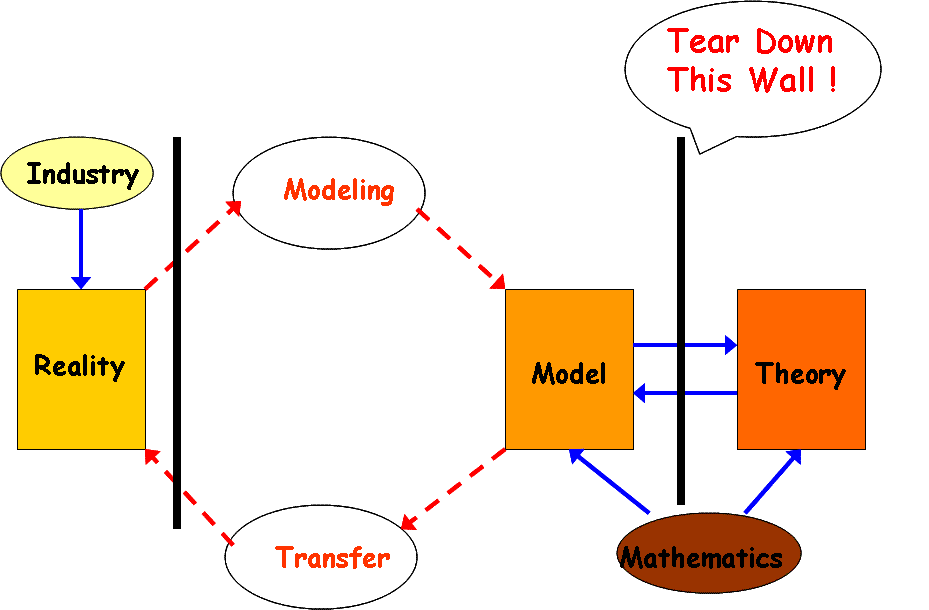
Founded in 2009, the Princeton EDGE lab was the first university laboratory devoted to research, education and innovation in edge computing and edge networking. It bridges over the theory-practice divide in networking and builds on the combined core of rigor in the answers and relevance in the questions. Through collaboration across many disciplinary boundaries as well as the academia-industry boundary, it constantly re-examines the mathematical crystallization of engineering artifacts in networking.
The research part consists of an evolving set of research projects spanning the modeling, analysis, and design of networks, both technological and human ones. The underlying methodology include distributed optimization, stochastic control, games and economics, graphs and random processes, etc. and the functionalities involved range from power control and scheduling to congestion control and routing, from topology control and distribution to pricing and measuring. The grand challenges in fundamental research include nonconvexity, dynamics, and high dimensionality.
The lab consists of two rooms and has experimental facilities to provide an edge between the "theory node" and the "systems node" in the networking research community, especially for edge networking. It leverages the lessons and data accumulated through realistic experiments to validate the predictions of theory, falsify the assumptions behind theory, sharpen the characterizations that are loose in theory, and inspire new question formulations in theory. It partners with many systems and deployments in both academia and industry. It builds systems designed by proven theorems, and proves theorems about deployed systems.
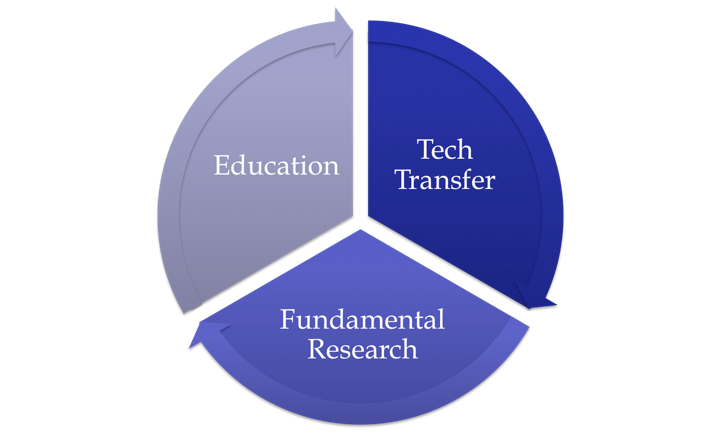
In addition to an environment where theory's impact can be amplified, it also serves as an incubator for innovations, a platform for technology transfers, and a venue for undergrad and grad education.
Bridging the Theory-Practice Gap by Spanning from Proofs to Prototypes

Theory is "inalienable" since it offers explanatory, rather than descriptive models and top-down design with predictive power. Theory is also "incomplete" given its sensitivity to the mathematical crystallization and the need to make a difference in live networks. As an edge between theory and practice of networking, the Princeton EDGE Lab builds systems designed by proven theorems, and proves theorems about deployed systems. It targets:
- Bigger overlap between the two (e.g., develop the theory for tight bounds on convergence rate, transient behavior characterization rather than equilibrium behavior, impact of control parameter granularity and feedback noise, remove timescale separation assumptions, etc.)
- New theory questions (e.g., proper accounting of computational and communication overhead, or simplicity-driven optimization: insist on zero overhead rather than optimality proof and then tightly bound suboptimality gap and its impact on user performance)
- Theory-inspired deployment (e.g., transfer some of the theory inspired algorithms to commercial adoption and large scale operations serving real customers, and turn some of the challenges in that process to inspire new theory).
Equipment
Since 2010, the Princeton EDGE Lab equipments are up and running. It consists of a wide range of equipments offering programmability at various layers and visibility at various temporal and spatial scales. Collectively the facilities provide a unique system, configurable and realistic at the same time, covering wireless and wireline edge networking with end-to-end and layers 1-7 capabilities. Below is the baseline logical topology of the lab, followed by photos of some of the equipments. In spring 2013, the lab will expand into a second room with a Faraday chamber, 4x8 Azimuth channel emulator, and other wireless equipment.
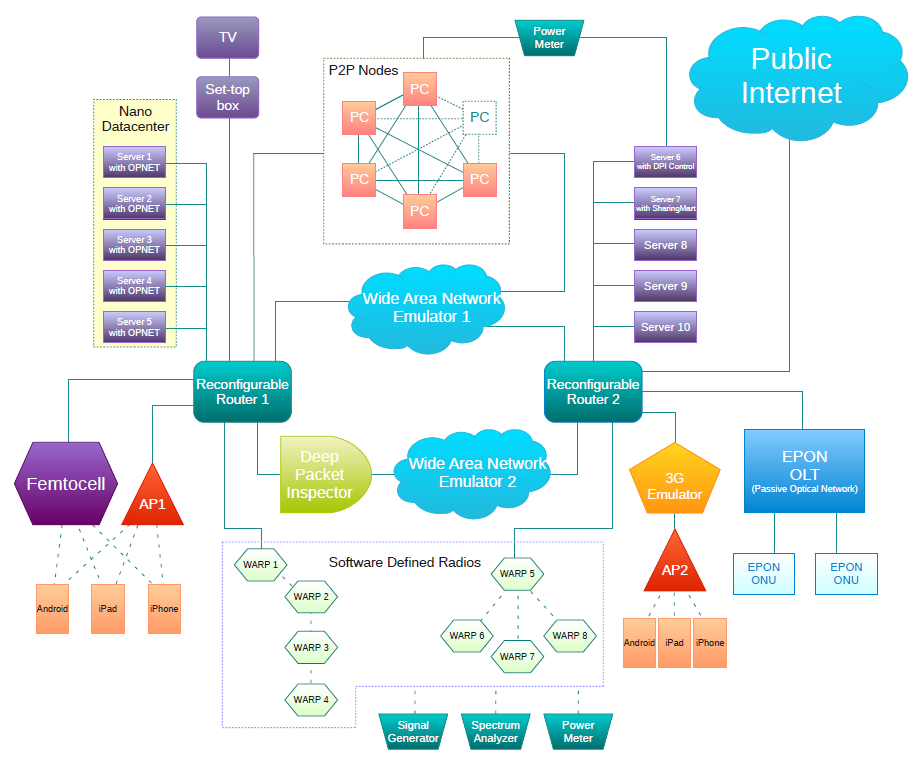
Server rack overview
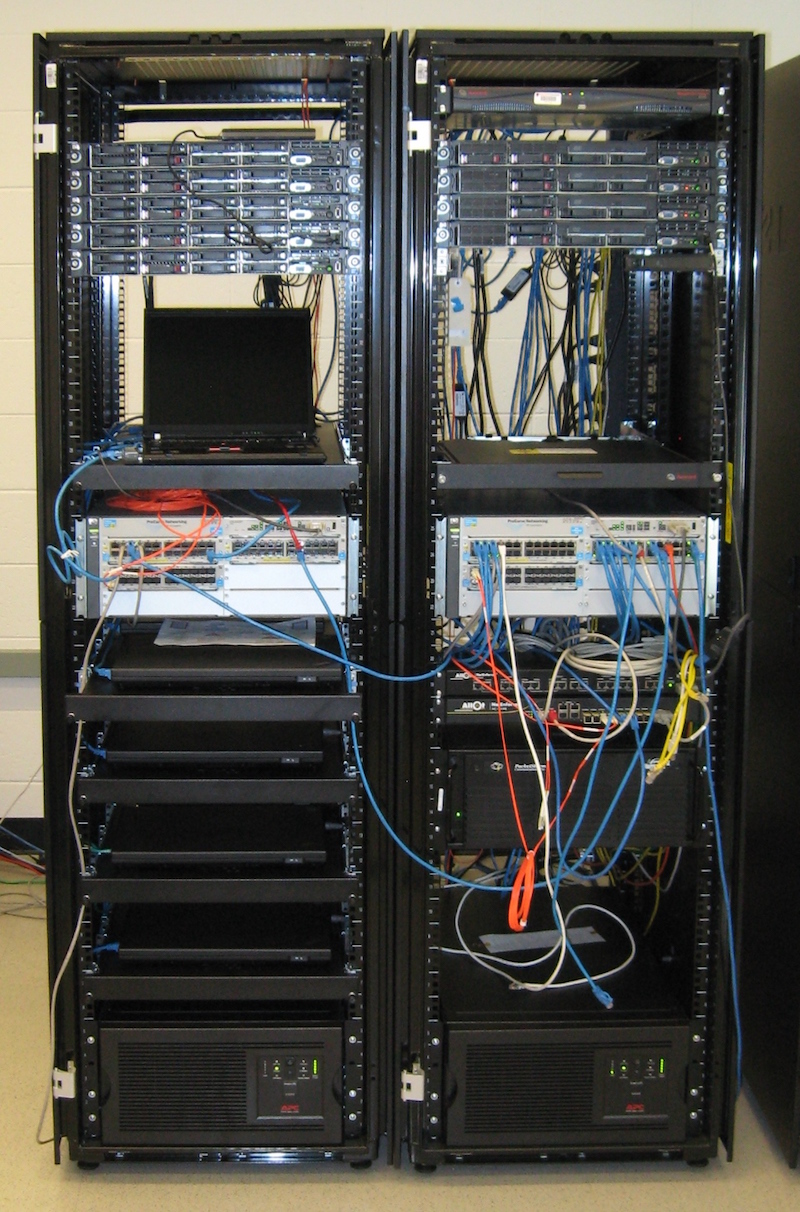
Close-ups of certain pieces of equipment
